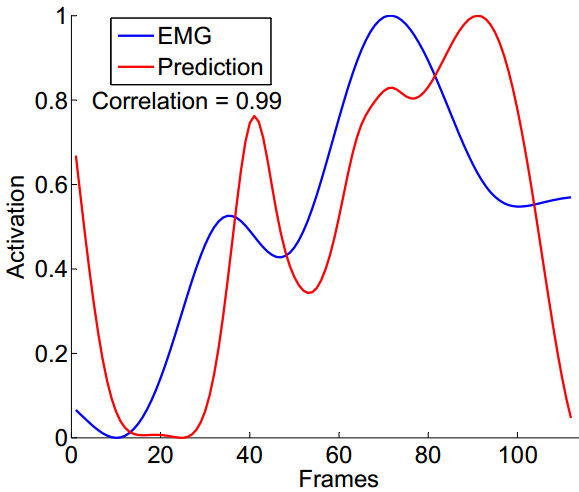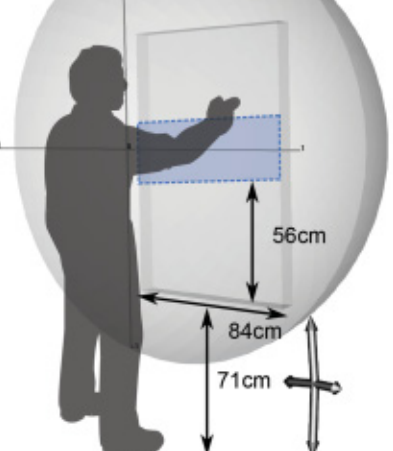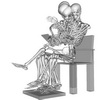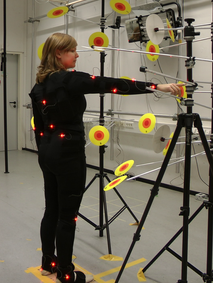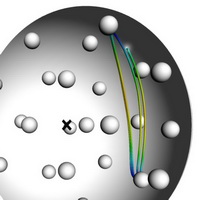max planck institut informatik

Biomechanics-related projects
Performance and Ergonomics of Touch Surfaces: A Comparative Study using Biomechanical Simulation
Performance and Ergonomics of Touch Surfaces: |  |
Abstract
Although different types of touch surfaces have gained extensive attention in HCI, this is the first work to directly compare them for two critical factors: performance and ergonomics. Our data come from a pointing task (N=40) carried out on five common touch surface types: public display (large, vertical, standing), tabletop (large, horizontal, seated), laptop (medium, adjustably tilted, seated), tablet (seated, in hand), and smartphone (single- and two-handed input). Ergonomics indices were calculated from biomechanical simulations of motion capture data combined with recordings of external forces. We provide an extensive dataset for researchers and report the first analyses of similarities and differences that are attributable to the different postures and movement ranges.
Materials
Links
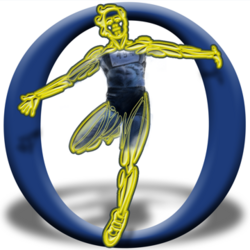 |
Simulation tool: OpenSim official web-page |
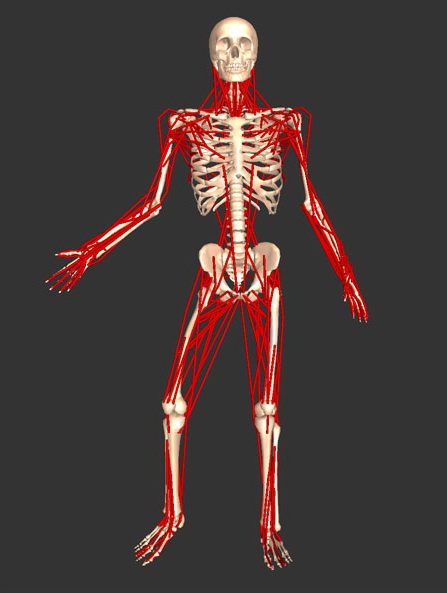 |
Musculoskeletal model: Full-Body model official web-page |
Citation
Bibtex:
@inproceedings{Bachynskyi2015,
author = {Bachynskyi, Myroslav and Palmas, Gregorio and Oulasvirta, Antti and Steimle, Jürgen and Weinkauf, Tino},
title = {Performance and Ergonomics of Touch Surfaces: A Comparative Study using Biomechanical Simulation},
booktitle = {Proceedings of the SIGCHI Conference on Human Factors in Computing Systems},
series = {CHI '15},
year = {2015},
location = {Seoul, Korea},
numpages = {10},
publisher = {ACM},
address = {New York, NY, USA},
keywords = {touchscreen surfaces, biomechanical simulation, Fitts’ law, comparative study, touch input, pointing study},
} Contact
If you have any
question about the project, don't hesitate to write an email!
Myroslav Bachynskyi
Max-Planck-Institute for Informatics
Cluster of Excellence on "Multimodal Computing and Interaction"
mbachyns (at) mpi-inf (dot) mpg (dot) de
